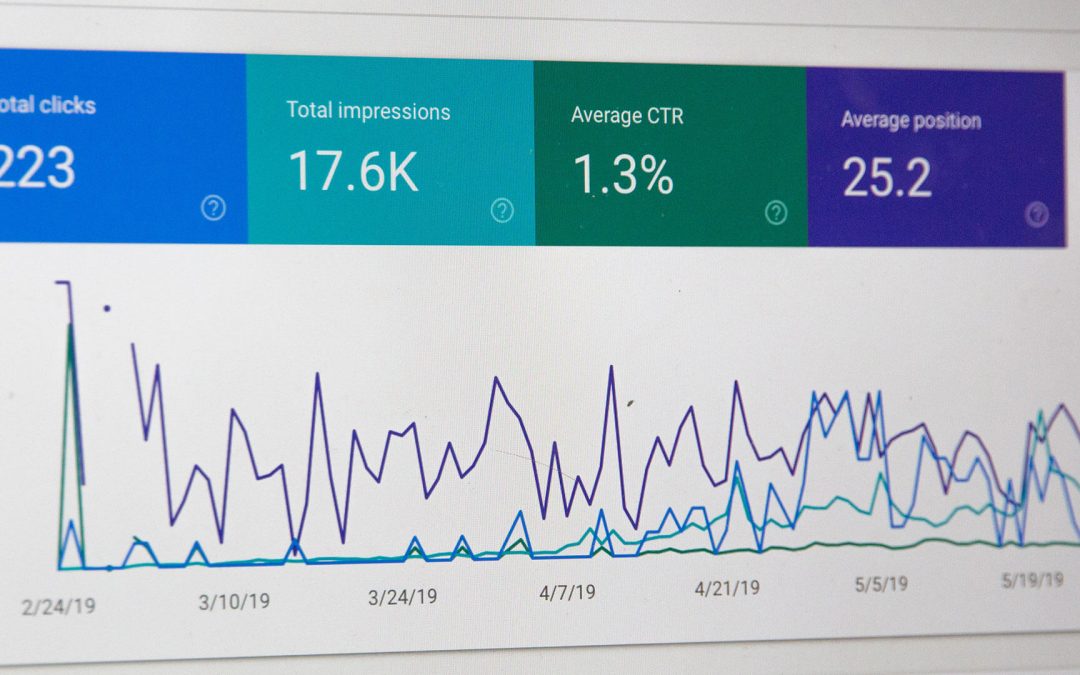Data has become one of the most important and critical of all business assets. Does anyone disagree?
As organizations embark on their digital transformation journeys, it’s clear that data will play a massive role in this. However, data alone cannot deliver us to the promised land. We need something more. to ensure “uniformity, accuracy, stewardship, semantic consistency and accountability of the enterprise’s official shared master data assets.”. That’s right. To extract the real value from data we need robust master data management practices (the above from a definition by Gartner).
As enterprises adopt the trend of becoming more decentralized and have several teams managing local data, it’s obvious that we have to ensure data accuracy, security, and conformity at all times, especially with the master data.
This can become a significant challenge for enterprises. However, we can find a solution in Blockchain, a technology that employs a distributed ledger for assets. Blockchain exploded into our lives with bitcoin. But it has proven to be of great help as data gets increasingly more distributed and trust becomes critical in business relationships.
Why MDM on Blockchain make sense?
To say that master data distribution has been a time-intensive and unwieldy part of master data management implementation won’t be overstating things. If you take a close look at MDM implementation over the years, you’ll notice that the data distribution networks are only becoming wider.
Another challenge for Master Data Management has been arriving at the ‘single version of the truth’. Even with MDM, it is imperative for everyone to tacitly agree to the processes that instantiate the data. This is especially so in the wake of growing concerns over compliance and data governance. Managing the master data in this environment without compromising on the efficiency and compliance needs automation and greater security.
Enterprises also collect, store and process data in a multitude of systems such as ERP, CRM, etc. This can be a significant challenge to MDM as MDM is viewed typically from a centralized paradigm.
Where can Blockchain help?
Easier data reconciliation
Blockchain, for starters, can help you navigate the challenges that emerge from the growing network of data distribution networks. It does so by enabling a governed, bi-directional synchronization of master data between the Blockchain and enterprise MDM. When all participating business units become a part of the Blockchain network, you no longer need to move data between business units. Data reconciliation becomes easier and the time and energy that you would traditionally spend for this activity can be put to better use.
Maintaining data integrity
Blockchain, by proxy, helps you arrive at the single version of the truth by providing a distributed database, as opposed to a centralized hub. This database stores data that is completely certified, timestamped, and stored in linked blocks. Given the Blockchain is permanent and unalterable, and uses pre-defined rules, it acts as the gatekeeper of your data quality and capably governs how the data is used.
Blockchain also makes your data better. Yes!
Since Blockchain algorithms are primed for data reconciliation, it makes it necessary to update the master ledger. This helps eliminate traditional movement between different units. Blockchain also employs a robust verification process. This helps to keep data integrity. The decentralized nature of the Blockchain network also makes it difficult to “hurt” large amounts of data in a single malicious attack.
Maintaining master data on Blockchain also gives us the capability to match and link data across private networks. This helps to maintain data integrity and ensures data security as the data sharing happens over the Blockchain network as opposed to a centralized network. Once this Blockchain network is created and the authorized personnel start sharing data over this network, sophisticated algorithms can get to work and perform data matching and linking activities. This linking information also gets stored on the Blockchain, increasing transparency across the organization.
Navigating the security minefield
We cannot talk about Blockchain and not talk about security. Maintaining a centralized infrastructure for enterprises has been an expensive proposition and one that has been rife with security compromises. Given that data is now enterprise currency, we cannot have security issues looming, especially in the case of master data management as it houses the core data that determines strategic business outcomes. With Blockchain in MDM, no transaction can be committed without the buy-in of the entire system. Blockchain is also synonymous with privacy and hence can be used to secure the sensitive information that forms the core of master data.
Since Blockchain employs a decentralized model it manages to secure data from illicit modification. Along with this, it also secures it from any accidental loss that can emerge from damage to centralized servers.
Gain greater transparency
Greater transparency equals greater security. This transparency also enables audit trails to be established easily for assets and transactions. Blockchain also helps us work our way through the challenging compliance and regulatory landscape as data on the Blockchain network is immutable and also visible to all participants. The level of transparency that Blockchain brings to master data management makes the audit trail impossible to corrupt. It makes all transactions completely transparent and thereby minimize disputes.
Having a single version of trusted data has been a long-standing goal for enterprises. Until now MDM has been capably providing it. However, with Blockchain we have a complementary solution that promises to be more secure and less expensive.
While the use cases of in-enterprise MDM are more apparent, one of the key reasons why Blockchain is still in its initial phases is because its business value has not yet been fully recognized. But if our goal is to make master data management easier, affordable, and more reliable, this is a transition that we should start preparing for.
